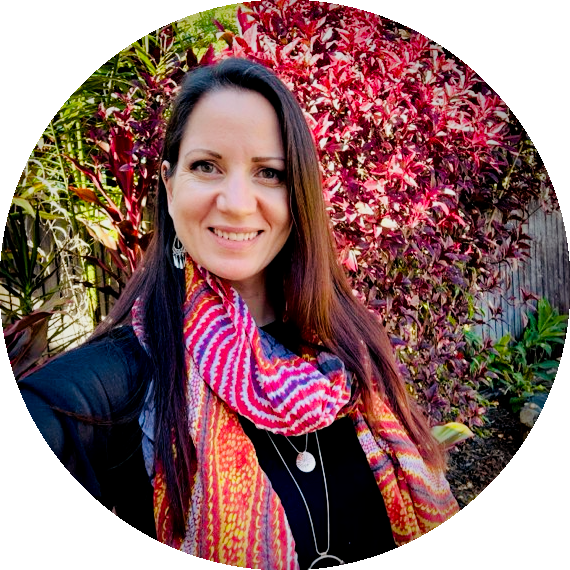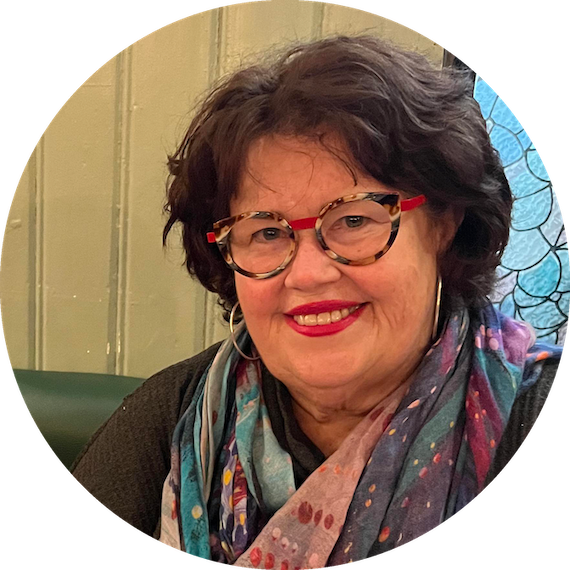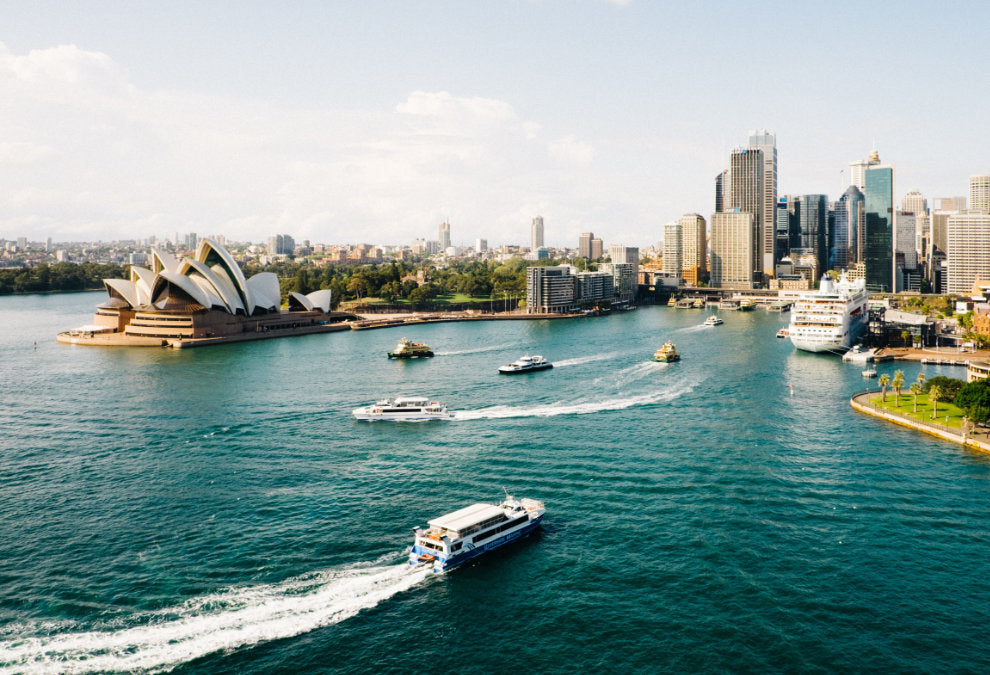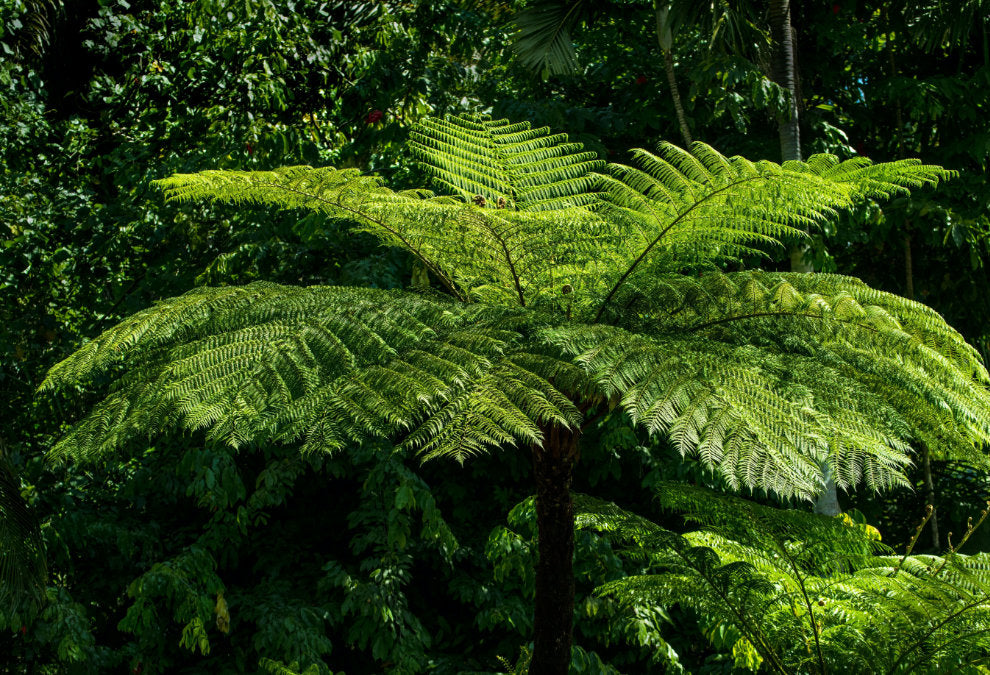Article: Significant Dates for Indigenous Australians in April

Significant Dates for Indigenous Australians in April
April marks the anniversaries of several pivotal events in the history of Australia's First Nations people. These events highlight the resilience, struggles and achievements of Indigenous Australians across centuries.
April 1789 – Smallpox Epidemic: A Dark Chapter in Australian History
In April 1789, just 15 months after the arrival of the First Fleet, an outbreak of smallpox devastated Aboriginal communities around Port Jackson. Some estimates suggest the epidemic wiped out over 90% of local Indigenous families, with the impact extending as far as the Hawkesbury River, Port Hacking, Jervis Bay and west of the Blue Mountains.
The timing of the outbreak is particularly significant, as it coincided with increasing resistance by Aboriginal groups against British colonists.
Historical records suggest that the First Fleet carried bottles of smallpox. Marine Captain Watkin Tench’s journal indicates that the British possessed ‘variolas matter’—smallpox pus preserved for medical use. Smallpox materials can retain the virus for years at room temperature, and despite exposure to fluctuating conditions on the voyage, the virus could have remained potent enough to trigger an epidemic.
While some historians have attempted to attribute the outbreak to chickenpox or other diseases, this theory has been largely debunked. Professor Frank Fenner, a leading virologist, noted that if chickenpox had been present, it would have been observed among First Fleet children. Additionally, a later outbreak of smallpox in central New South Wales around 1829 confirmed that survivors of the 1789 epidemic had developed immunity—evidence that only smallpox, not chickenpox, could have caused the initial devastation.
Other theories suggest that smallpox may have arrived via Macassan traders from present-day Indonesia. However, historical records indicate that smallpox was not present in Macassar at the time. Dutch medical records from the region show no outbreaks until 1789—too late for the disease to have travelled thousands of miles to Sydney Cove and caused an epidemic of such scale.
The possibility that the disease was deliberately introduced as a form of biological warfare is one of the most contentious aspects of this historical tragedy. Some researchers, including Noel Butlin, Henry Reynolds and Craig Mear, argue that smallpox was intentionally released by British authorities to suppress Aboriginal resistance.
The First Fleet faced significant challenges: the colony lacked adequate ammunition and their flintlock muskets were unreliable against Indigenous weapons. British forces were struggling to expand into fertile lands at Parramatta and faced fierce opposition from local Aboriginal groups. In these circumstances, some argue that the release of smallpox may have been viewed as a desperate military strategy.
Evidence supporting this theory includes the fact that the epidemic began on the opposite side of the harbour from the British settlement, suggesting that boats were used to distribute the virus. At the time, any movement by marines required official approval, implying that senior officials may have sanctioned the act.
Aboriginal oral histories recorded in the early 19th century also recount stories of a sudden and catastrophic disease that decimated their people—accounts that align with modern understandings of smallpox transmission.
The use of smallpox as a weapon was not unprecedented in British military history. In 1763, General Jeffrey Amherst famously ordered the distribution of smallpox-infected blankets to Native American tribes during Pontiac’s War. Major Robert Donkin, a British military officer, later published a manual advocating for the deliberate use of smallpox to subdue Indigenous populations. Given this precedent, it is not implausible that British authorities in Sydney saw smallpox as a means to neutralise Aboriginal resistance.
Regardless of whether the epidemic was accidental or deliberate, its consequences were catastrophic. Entire generations of Aboriginal people perished, leaving survivors without family, leaders, or cultural continuity.
This tragic event marked the beginning of an ongoing cycle of dispossession and suffering for Australia’s First Peoples—a legacy that continues to shape the nation today.
April 1847 – Mass Poisoning of Gubbi Gubbi People
In April 1847, one of the most heinous acts of colonial violence occurred at Whiteside sheep station in the Moreton Bay region of Queensland. Station workers mixed flour with arsenic and left it in a hut, intending for local Aboriginal people to consume it.
As reported to the authorities at the time, this deliberate poisoning resulted in the deaths of an estimated 50 to 60 Gubbi Gubbi people. This act was committed in retaliation for an Aboriginal punishment under customary law, which had been enacted following the murder of three Aboriginal people by colonists.
Poisoning was a frequently employed method of Indigenous extermination by colonists across Australia. Arsenic and strychnine, commonly used in sheep farming, were repurposed as weapons of genocide. Despite clear evidence of such atrocities, no known convictions were ever recorded against the perpetrators.
April 1867 – “The Leap” Massacre, Mt Mandarana (Mackay)
The massacre of around 200 Yuwibara men, women and children at Mount Mandarana in Queensland exemplifies the violent conflicts between Indigenous Australians and colonists.
Tensions had been rising in the Mackay region since 1860, as colonists occupied traditional Yuwibara lands and disrupted their way of life. The trigger for the massacre was the spearing of cattle at Balnagowan station. In response, the Queensland Native Police, led by Acting Sub-Inspector Johnstone, launched a brutal campaign to drive the Yuwibara people from their homelands.
Chased to Mount Mandarana, the Yuwibara sought refuge in caves at the peak. Facing certain death at the hands of the troopers, they were forced over the cliff, with only one young girl surviving, according to local legend. Contemporary reports in the Mackay Mercury justified the massacre as necessary for the development of the region.
The massacre was part of a broader pattern of violent colonial expansion, leading to the decimation of Aboriginal communities, the loss of cultural knowledge and intergenerational trauma that persists today.
10 April 1950 – Mick Dodson was Born
Professor Michael James Dodson AM, a Yawuru man from Broome, is one of Australia’s most prominent advocates for Indigenous rights.
Dodson was the first Indigenous Australian to graduate in law, earning his degree from Monash University in 1974. He worked as a solicitor for the Victorian Aboriginal Legal Aid Service before becoming a barrister specialising in native title law.
He has held academic positions, including serving as Professor of Law at the Australian National University and Director of its National Centre for Indigenous Studies. Internationally, he has worked with the United Nations Permanent Forum on Indigenous Issues.
Recognised as Australian of the Year in 2009, Dodson remains a fierce advocate for Indigenous rights. He played a key role in the 2023 Indigenous Voice referendum campaign and has received numerous honours, including being named an Australian Living Treasure.
27 April 1971 – Milirrpum v Nabalco Pty Ltd (Gove Land Rights Case)
The landmark case of Milirrpum v Nabalco Pty Ltd, also known as the Gove land rights case, was the first legal challenge in Australia seeking recognition of Aboriginal land ownership.
The Yolngu people of the Gove Peninsula opposed large-scale bauxite mining on their traditional lands. They argued that they held communal native title and sought legal recognition of their sovereignty.
Justice Richard Blackburn ruled against the Yolngu claimants, stating that native title was not part of Australian law at the time of colonisation and that the Crown had the power to extinguish it. Despite this legal defeat, the case was instrumental in the future recognition of Aboriginal land rights.
The case spurred political movements that led to the establishment of the Woodward Royal Commission and ultimately the passing of the Aboriginal Land Rights (Northern Territory) Act 1976. This legislation provided the foundation for subsequent land rights advancements, culminating in the historic Mabo decision in 1992.
3 April 2023 – Passing of Galarrwuy Yunupingu
Dr. Galarrwuy Yunupingu AM, a Gumatj man and one of Australia’s most influential Indigenous leaders, passed away on 3 April 2023.
A tireless advocate for Indigenous land rights, he played a central role in the 1963 Yirrkala Bark Petitions, which were among the first formal efforts to seek legal recognition of Aboriginal land rights. Yunupingu was a key leader in negotiations over land rights and self-determination for the Yolngu people.
As Chairman of the Northern Land Council for many years, Yunupingu was instrumental in securing land rights victories and advocating for constitutional recognition of Indigenous Australians. His leadership was widely respected and he was a key figure in the campaign for the Uluru Statement from the Heart.
His passing marked the loss of a visionary leader whose legacy continues to inspire the ongoing struggle for Indigenous rights and justice in Australia.
April is a month of reflection and remembrance for Indigenous Australians, highlighting both the tragic and triumphant moments in their history. From the devastating impacts of disease and massacres to landmark legal battles and the achievements of prominent leaders, these events shape the ongoing struggle for justice, recognition and reconciliation.











